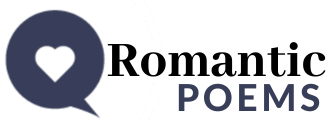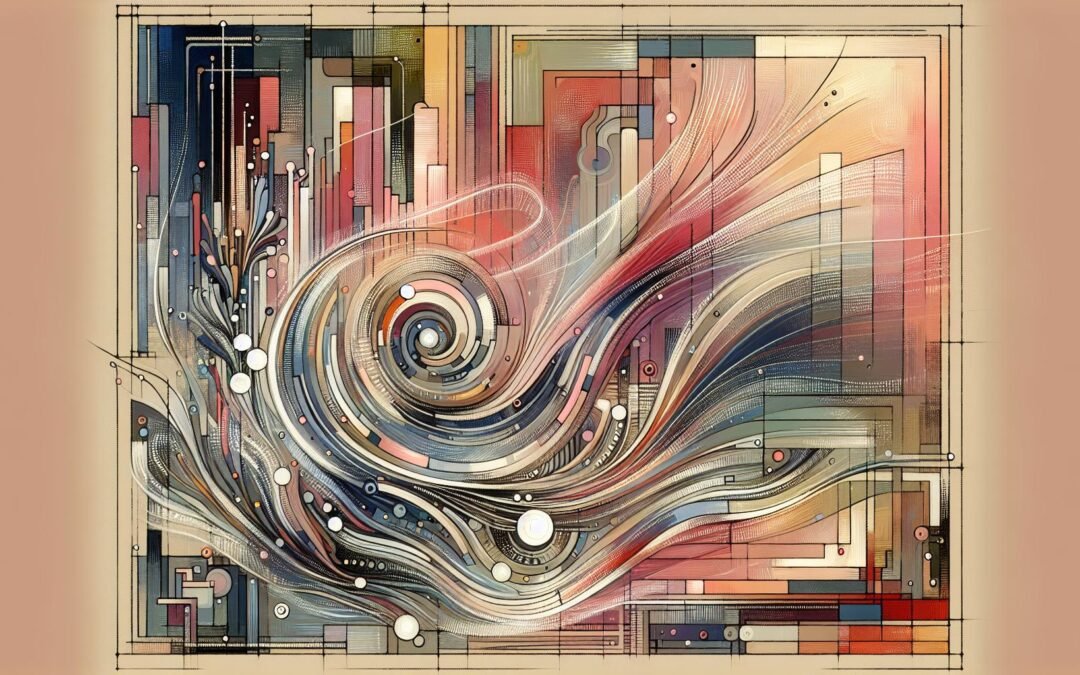Technology poetry situates itself at the intersection of technological innovation and poetic invention, entwining the vocabulary of circuits, networks, and data with the expressive realms of imagination and critique. Visionaries from Walt Whitman to contemporary digital practitioners embed technical language and logic into metric forms, reshaping expectations of lyric agency. This genre integrates algorithmic structures, computational constraints, and machinic imagery, responding to centuries of innovation. Engaging with themes of identity, autonomy, and digital surveillance, technology poetry challenges the poetic canon and reconfigures how audiences interpret the evolving landscape of contemporary literature. Readers tracing spectrums of form, from the classical ode to the coded elegy, find that history and experiment continuously converge. Poetic movements born from machinic fascination and electronic experimentation resist simple genre boundaries, compelling explorations of both form and meaning. For exploration of adjacent lyric forms, refer to types of love poetry.
Technology Poetry: Origins, Forms, and Movements
Romantic-era poets responded to the presence of the steam engine and telegraph by weaving mechanical metaphors and concepts into lyric structure. The rhythms of print, photography, and electrification pervaded the works of innovators, who sought to reframe the role of the poet amidst the sweep of industrialization. Whitman’s expansive catalogues and Hopkins’s sprung rhythm helped inaugurate strategies for mapping technical phenomena onto poetic language. Modernist currents, as seen in Marinetti’s typographical experiments and Gertrude Stein’s reiterative patterns, embraced the era’s cinematic montage, radio noise, and fragmented syntax. These innovations positioned the poem as an analogue of the machine, with shifting gears, recursive patterns, and proliferating voices.
Genealogies and Definitions
Technology poetry encompasses themes drawn from circuits, code, informatics, and machinic intelligence, reflecting on ethical and cultural impacts. Forms extend beyond printed page traditions and may be rendered in HTML environments, installations, or code-driven audiovisual works. Generative text, kinetic animation, and sensor interaction become tools for reimagining how poetry materializes and exists. The boundary with digital poetry remains porous, yet technology poetry privileges direct confrontation with tools, infrastructures, and networked cognition. For comparative study, consult rhyming love poems, which embody more conventional forms but highlight recurring experimentation across genres.
Lineage and Movements
Modernist experimentation yielded to postwar and cybernetic influences. Poets from the OuLiPo group constructed works using algorithmic processes, while multimedia pioneers incorporated tape loops, interactive visual elements, and sonic manipulation. The arrival of personal computing and hypertext in the late twentieth century opened space for non-linear poetry and collaborative authorship, best exemplified by projects like Victory Garden or provocative online collectives. These developments spurred manifestos centered on machinic agency, as seen in the writings of Mez Breeze and transmedia artists who deployed code as lyric expression. Current explorations include AI-powered generative poetry and works responsive to real-time data, as reported on Poetry Foundation and exhibition essays by the Electronic Literature Organization.
Principal Forms and Techniques
Sonnets, villanelles, and sestinas reimagined within technology poetry dramatize latency, recursion, and information compression. For instance, a villanelle structured as a cascading sequence of API calls, or a sestina echoing behavioral targeting algorithms, reveals the adaptability of time-honored forms. An best contemporary poets survey may expose convergences with the innovative techniques of technology poetry, connecting canonical work with digital invention.
Executable and Generative Forms
Code poetry leverages programming syntax so each element inhabits both expressive and operational capacities. Poems written in Python, JavaScript, or Processing unfold upon execution, their stanzas formed by conditional logic or variable assignment. Generative texts employ Markov chains and neural models to synthesize ever-evolving lines, challenging notions of authorial stability. These methods foster unpredictable arrangements and shifting meanings, with works adapting to user input or environmental variables. The dynamic quality enriches poetic discourse and propels form beyond static print. For a comparative study of form in love poetry, visit best love poetry books.
Hypertext, Multimedia, and Sensorial Assemblies
Hypertext poetry builds nonlinear navigation, granting readers agency to shape the path through linked stanzas and branching verses. Kinetic and visual poetry fuse motion graphics, typographic animation, and color modulations, inviting interpretations that rely on interactivity. Installations exploit touch-surfaces, environmental sensors, or gesture controls so the poem responds to physical manipulation, making the audience an active participant. Sound art, combined with synthesized or captured machine tones, explores auditory texture as integral to poetic encounter. These hybridizations connect language with sensation and space. Examples can be compared with the tradition of romantic poems for a beautiful woman, revealing how subject and sense can be manipulated by medium.
Artificial Intelligence and Machine Learning Poetics
Increasingly, poetry emerges through collaboration with AI. Large language models construct lines, assemble stanzas, and generate new metaphoric logics never conceived by a human author. Algorithms trained on literary corpora remix syntax, reference, and structure, producing works with unpredictable beauty and ambiguity. Adaptive poetry can change in response to live data or user interaction, heightening questions of agency and authenticity. This experimental field underscores the evolving human-machine symbiosis at the heart of technology poetry. For readers interested in love narratives shaped by external intelligence, see the catalog of goodnight poems for her.
Prominent Voices and Thematic Concerns in Technology Poetry
Figures who have shaped technology poetry include John Cayley, Mez Breeze, Stuart Moulthrop, Stephanie Strickland, and Young-Hae Chang Heavy Industries. Their works traverse computer-generated text, interactive architecture, and data sonification. Gertrude Stein’s iterative syntax and the algorithmic structures of OuLiPo foreshadowed today’s permutations. Global contributors employ a range of languages and technologies, connecting ecologies of art and computation. Projects archived by the Electronic Literature Organization or featured by Rhizome highlight the worldwide scope of practice.
Human-Algorithmic Relationships
Many works interrogate the porous boundaries between human autonomy, mechanical agency, and emergent data economies. Poems enact dialogues between organic consciousness and synthetic perception, presenting the algorithm as both muse and mirror. The role of identity constantly shifts, as lyric selfhood is reimagined in relation to distributed cognition. To compare explorations of self and other in non-technological verse, refer to missing you poems boyfriend.
Surveillance, Privacy, and the Poetics of Data
Data harvesting, facial recognition, and predictive analytics inspire both resistance and reflection. Poets employ encryption, QR codes, procedural redaction, and fragmented visuals to channel anxieties around observation, privacy, and commodification. The lyric voice becomes multiply refracted, manifesting under the gaze of database and algorithm. New forms arise from glitch, error, and distortion, underscoring the influence of technical architectures on art. For corresponding considerations of concealed desire, read infidelity in poetry.
Virtuality, Embodiment, and Networks
Technology poetry renders questions of bodily experience, avatar identity, and the interplay of tactile and immaterial presence. Stanzas dissolve across augmented realities, gestural landscapes, and spectral database traces. Poets invoke the friction of haptic loss, vertigo induced by simultaneity, and the uncanny sensation of digital embodiment. Discussions of virtual affection, longing, and disembodiment can be compared with the expressive range featured in love poems to say to your girlfriend.
Ecological and Ethical Inquiry
Confronting the environmental impact of digital life, technology poetry charts resource extraction, data center emissions, and the afterlives of e-waste. Poems draw on found code, collected hardware, and silicon residues to dramatize both innovation’s cost and its aesthetic potential. Authors interrogate the ethical imperatives of artificial intelligence, bias, access, and accountability, advocating for visionary activism as a core poetic strategy. Examination of love and natural world interplay appears in traditional forms within most romantic poems of all time.

